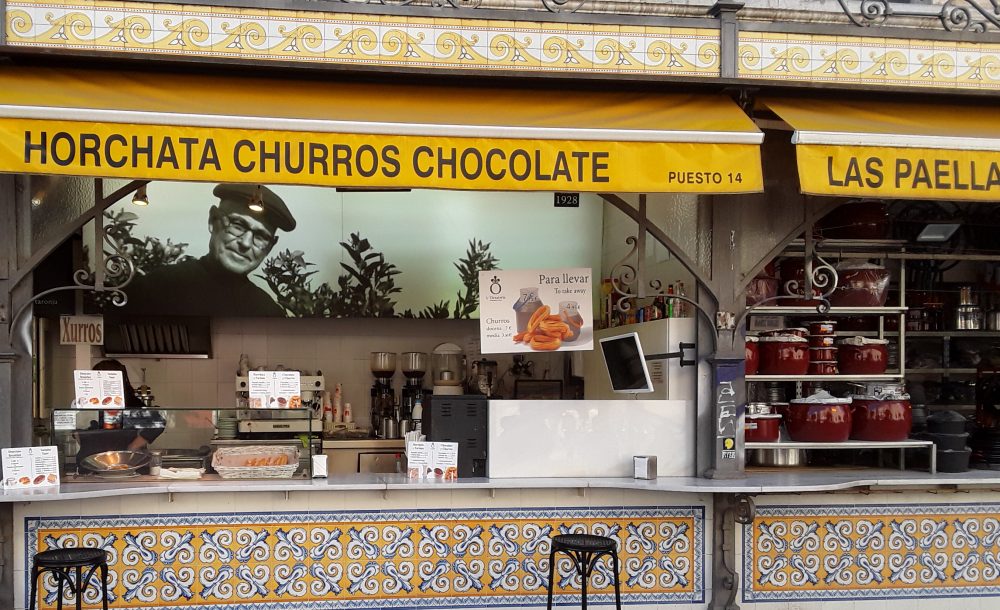To honor the veterans who fought for France in both world wars, today is a statutory holiday in this country. Small French flags, attached to city buses, flutter in the breeze. Large French flags, lining both sides of the Champs Elysées, snap in the chill November air. And the question I ask every year is the same….where are the British flags? The American flags? The Canadian flags?
Because as far as World War II is concerned, I think that French memories need refreshing. To honor the Allied forces – those who died on the D-Day landing beaches and those who liberated Paris from four years of Nazi occupation – I’d like to see British and American and Canadian flags flapping in the breeze alongside the French ones every year on November 11 on the Champs Elysées.

“Paris!” he declared, “An outraged Paris! A broken Paris! A martyred Paris! But…a liberated Paris! Liberated by itself, liberated by its people with the help of the armies of France, with the support and the help of all of France, of the fighting France, of the only France, the real France, the eternal France!”
Huh?
Within 24 hours Charles de Gaulle had conveniently forgotten who had done what. Since he was orating in French, I suppose he figured none of the Allies would understand. (It’s also true that he was treated despicably by Roosevelt and Churchill, so the speech was probably his commuppance.) Today, while aggrandizing the valor of Charles de Gaulle to monumental proportions, the role of the Allies is downplayed to the point of erasure. Ah well, every country needs its hero.
I strongly recommend that visitors to France go to Normandy to view the Allied war cemeteries. I went years ago. It’s a deeply moving experience. In fact, I should return for a new visit because the subject would make an excellent blog post. Do they transport busloads of French teenagers to visit the Normandy war cemeteries as part of the school History curriculum? If not, they should.
Years ago, I drove with friends to Vierville-sur-Mer. We stayed at the Hotel Casino located on the shores of Omaha Beach. The D-Day museum is there. Nearby are the impressive and well-tended American, British and Canadian cemeteries. Worth visiting! Take your handkerchiefs because the inscriptions on the modest gravestones (primarily in the British cemeteries where the gravestones are made from English limestone) will make you weep. The next day we moved on to Bayeux, a jewel of a town. I must say that Normandy, aside from its tragic history, is a lovely region, one of my favorites of France.


For info, the British war cemetery in the town of Bayeux records around 4,648 burials, the largest known British war cemetery. The other two cemeteries are the Canadian soldiers’ cemetery in Cinthaux and the cemetery in Ranville. Ranville is known to be the first French village to be liberated from German occupation during the Second World War.
A quick history lesson of the Normandy beaches (“We shall fight on the beaches …” Winston Churchill, June 4, 1940) – The Allied invasion of Normandy, code-named Operation Neptune, was the first stage of the larger Operation Overlord, intended to liberate Western Europe after nearly four years of German occupation. The start of Operation Neptune, known a D-Day, was made on June 6, 1944. More than 5,000 ships and 13,000 aircraft carried 160,000 Allied troops across the English Channel to a 50-mile stretch of Normandy beaches, code-named Sword, Juno, Gold, Omaha and Utah. The first air attack was launched under a nearly full moon shortly after midnight. The British and Canadian forces were successful in seizing Gold, Juno and Sword beaches, as were the Americans at Utah beach. However, at Omaha beach, where the German defense was strongest, American forces suffered heavy losses. Air assaults missed their mark and landing crafts were unable reached the intended destinations near the beach, leaving invading soldiers with little protection.Though they suffered an estimated 2,500 casualties, the Americans were able to establish themselves on Omaha beach by the end of the day. In all, more than 100,000 Allied troops had reached Normandy, forcing German forces inland and opening a new theater of war in Western Europe.


